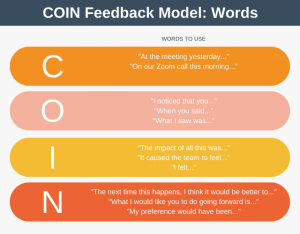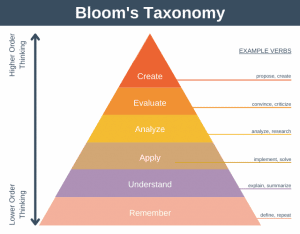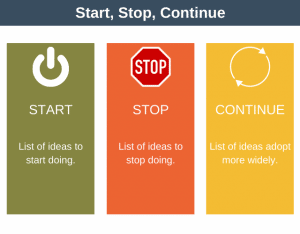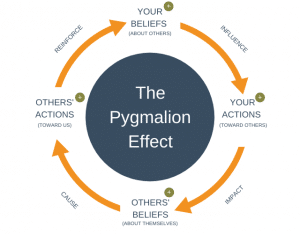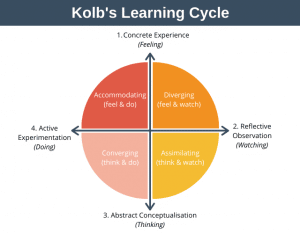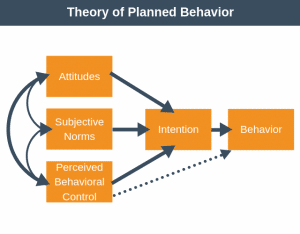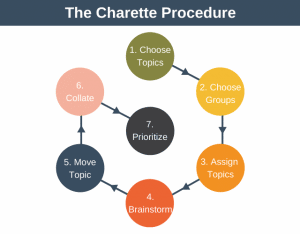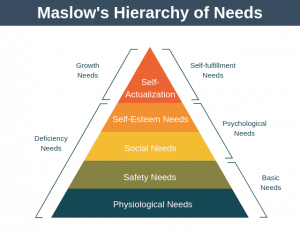People are different. Whilst one team member might derive great satisfaction from their work and be self-directing, another might derive no satisfaction and perform their duties solely to get paid.
The reason for these different behaviors is a question of motivation – one team member is motivated whilst the other isn’t. Management academics and psychologists study these different motivations and offer different approaches to motivate people. One psychologist, Douglas McGregor, categorized people’s motivations into two broad categories: Theory X and Theory Y.
Theory X and Theory Y were developed in the 1960’s and describe two different, almost opposite, attitudes to motivation in the workplace. The theories attempt to show how a manager’s perception of his team affects the behaviour of the manager and how they treat their team.
Let’s examine each of the theories in turn.
Theory X
Theory X assumes that team members are intrinsically lazy and unmotivated, and will avoid doing work if any opportunity presents itself. Because of this, management must work tirelessly and continually to build systems of control and supervision over employees. You can imagine a game of cat and mouse, with the employee continuously finding new ways to avoid work, and the employer immediately responding with a new control to eradicate that particular work avoidance loophole. Theory X essentially assumes that employees are only interested in money closely followed by job security.
Theory X organizations tend to be top heavy, requiring many managers, not just to control and monitor employees, but to narrow the span of their control at every level under their management. Theory X managers rely on threat and coercion to achieve the obedience of employees.
Theory Y
Theory Y assumes that team members may be ambitious and self-motivated, and that they actually derive some satisfaction (either mental or physical) from performing their duties. This leads to a collaborative style of management which can be readily decentralized.
A Theory Y manager holds the view that if provided with the right conditions, team members will perform well. Theory Y managers are far more likely to develop a trusting relationship with their employees, with employees receiving satisfaction simply from doing their job well. One positive side effect of this is that Theory Y organizations tend to have employees with higher levels of responsibility at the lower rungs of the organization.
Theory Y management exhibits characteristics such as communicating openly with the team, facilitating employee engagement in influencing decision making, and creating a supportive environment in which to work.
Theory X Disadvantages
Theory X management can obviously lead to a very punitive atmosphere with a strong blame culture. It also suffers from diseconomies of scale: as an organization grows an ever larger proportional number of centralized managers are needed to keep employees under control.
McGregor’s work was based on Maslow’s Hierarchy of Needs, and he proposed that Theory X only filled lower-order needs, whereas Theory Y fulfilled higher-order needs. The problem with Theory X then is that, according to Maslow, once a lower order need is satisfied there is no longer a need. Employees working under a Theory X manager will work to fulfil their lower-order needs (money), and engage in leisure activities outside of work to meet their unmet higher-order needs.
Theory Y Disadvantages
Theory Y is premised on the assumption that if we can create the right environment and support then people will perform well at the job, however, each individual person is different from the next and so creating an environment that’s right for all is impossible in a practical sense. This might be why so much importance is placed these days on employees being the “right fit” for an organization.
Comparing Theory X and Theory Y
The following table compares both theories on their assumptions and the type of management they are conductive to:
| Theory X | Theory Y | |
| Assumptions | People are lazy and will avoid work if possible. | Given the right conditions people can enjoy work as much as leisure. |
| To get people to work hard you need to control and monitor them. | If people are motivated, they will work hard towards the organizations goals. | |
| People dislike and avoid responsibility. | People can learn to accept and then seek out responsibility. | |
| People want to be directed | People are imaginative and creative by nature | |
| Management Style | Autocratic | Democratic aka participative |
| Typically used | Unskilled production work | Knowledge workers |
Theory Y and Project Management
By the way, McGregor believed in favour of Theory Y. If you believe the same then how might Theory Y be applied by a project manager or program manager to improve the performance of their team? Here are some simple tips to get you thinking:
- Enlarge the Role: by increasing the scope of a team member’s role you add variety and creative opportunities, meeting their ego needs, and thus subtly encouraging them to work harder.
- Engage: participate closely and be transparent with the team on all major decisions. By providing the team with influence over the decisions made you allow them to create their own work environment.
- Target Setting: have the team members set their own targets and measure themselves against how well they were met. This should encourage team members to accept and then seek out challenges and authority.
